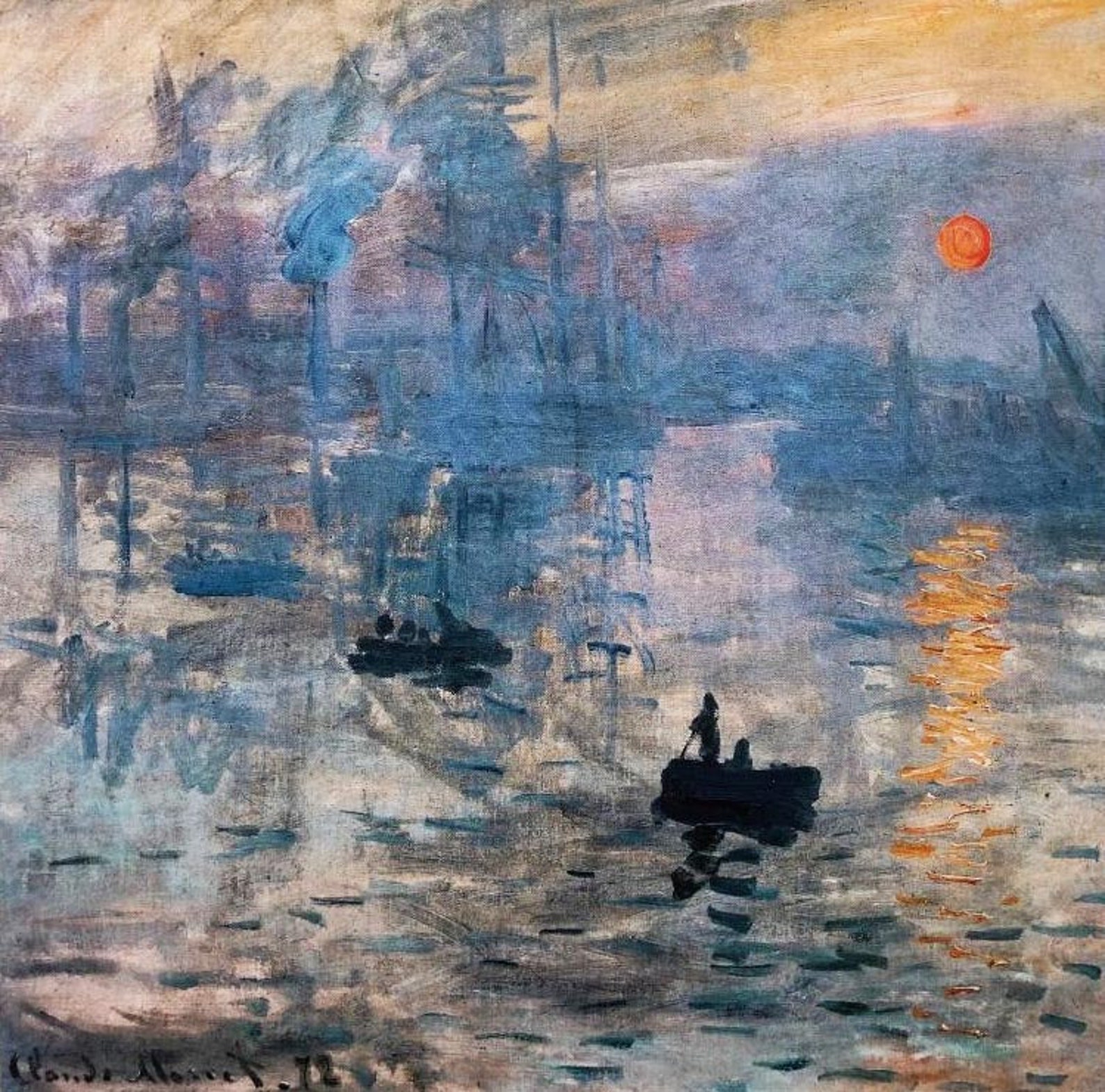
The public, at first hostile, gradually came to believe that the Impressionists had captured a fresh and original vision, even if the art critics and art establishment disapproved of the new style. Encompassing what its adherents argued was a different way of seeing, it is an art of immediacy and movement, of candid poses and compositions, of the play of light expressed in a bright and varied use of colour.


The Impressionists, however, developed new techniques specific to the style. Impressionism emerged in France at the same time that a number of other painters, including the Italian artists known as the Macchiaioli, and Winslow Homer in the United States, were also exploring plein-air painting. Pierre-Auguste Renoir, Dance at Le Moulin de la Galette ( Bal du moulin de la Galette), 1876, Musée d'Orsay, one of Impressionism's most celebrated masterpieces. They portrayed overall visual effects instead of details, and used short "broken" brush strokes of mixed and pure unmixed colour-not blended smoothly or shaded, as was customary-to achieve an effect of intense colour vibration. The Impressionists found that they could capture the momentary and transient effects of sunlight by painting outdoors or en plein air. Previously, still lifes and portraits as well as landscapes were usually painted in a studio. They also painted realistic scenes of modern life, and often painted outdoors. They constructed their pictures from freely brushed colours that took precedence over lines and contours, following the example of painters such as Eugène Delacroix and J. Radicals in their time, early Impressionists violated the rules of academic painting. Turner's atmospheric work was influential on the birth of Impressionism, here The Fighting Temeraire (1839) The development of Impressionism in the visual arts was soon followed by analogous styles in other media that became known as impressionist music and impressionist literature. The name of the style derives from the title of a Claude Monet work, Impression, soleil levant ( Impression, Sunrise), which provoked the critic Louis Leroy to coin the term in a satirical review published in the Parisian newspaper Le Charivari. The Impressionists faced harsh opposition from the conventional art community in France. Impressionism originated with a group of Paris-based artists whose independent exhibitions brought them to prominence during the 1870s and 1880s.

Impressionism was a 19th-century art movement characterized by relatively small, thin, yet visible brush strokes, open composition, emphasis on accurate depiction of light in its changing qualities (often accentuating the effects of the passage of time), ordinary subject matter, unusual visual angles, and inclusion of movement as a crucial element of human perception and experience. This painting became the source of the movement's name after Louis Leroy's article, " The Exhibition of the Impressionists", satirically implied that the painting was, at most, a sketch. Impression, Sunrise, an 1872 Claude Monet oil on canvas painting now housed at Musée Marmottan Monet in Paris. For other uses, see Impressionism (disambiguation).


 0 kommentar(er)
0 kommentar(er)
